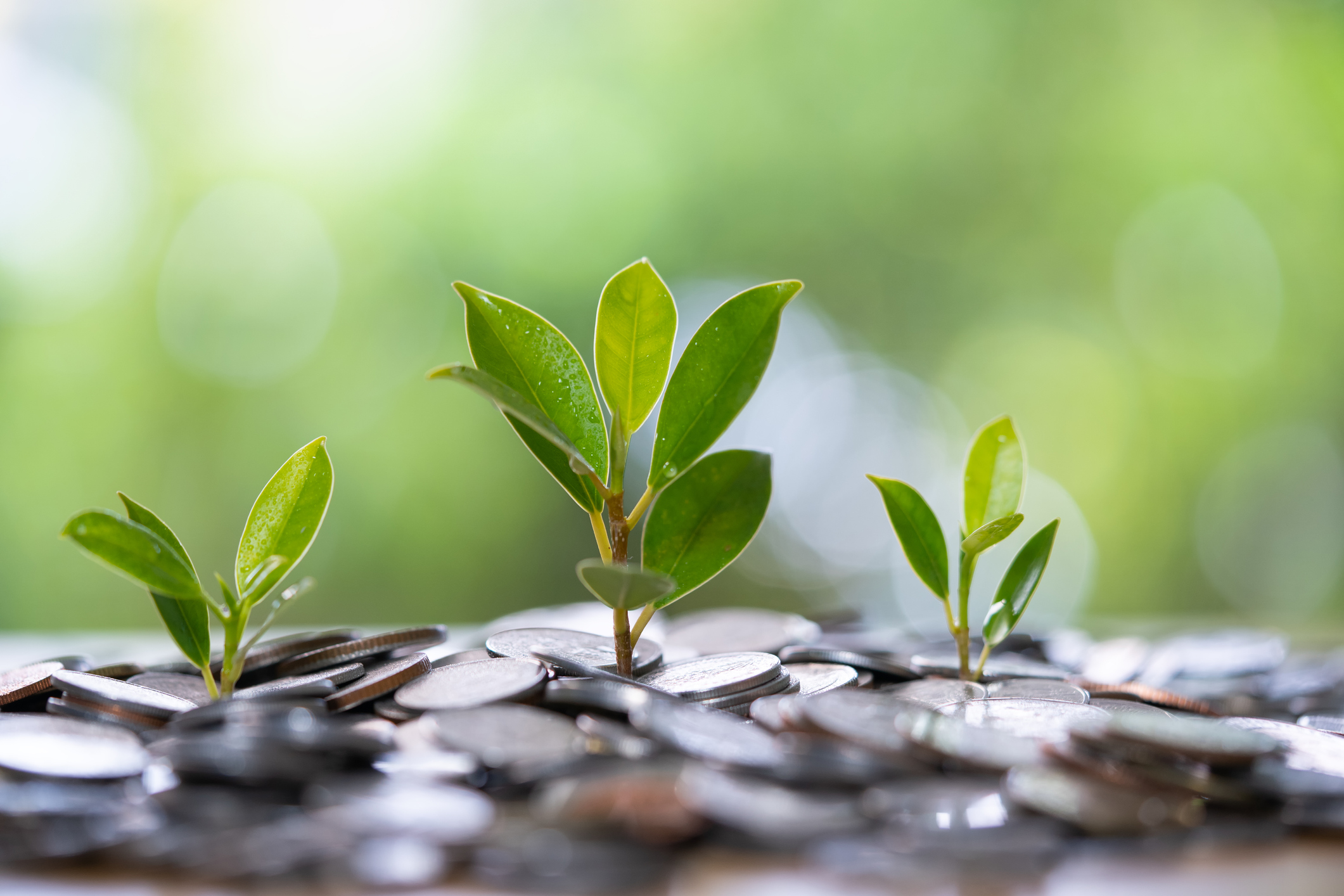NS&I squeezes the rate on new green savings bonds – is it any good?
NS&I has released the seventh issue of its green savings bonds, but slashed the rate on the three-year fixed-term bond from 3.95% to 2.95% – which begs the question, is going green too expensive?


National Savings & Investments (NS&I) has dropped the rate on its three-year fixed green bond again, down from 3.95% to 2.95%.
The Treasury-backed bank first introduced green savings bonds two years ago with a paltry rate of just 0.65%, which was then pushed to an attractive rate of 5.7% in August 2021 amid interest rate hikes.
It was then cut to 3.95% in November, and today (31 January 2024), NS&I has cut it to 2.95% – just a day before the Bank of England announces its latest interest rate decision.
MoneyWeek
Subscribe to MoneyWeek today and get your first six magazine issues absolutely FREE

Sign up to Money Morning
Don't miss the latest investment and personal finances news, market analysis, plus money-saving tips with our free twice-daily newsletter
Don't miss the latest investment and personal finances news, market analysis, plus money-saving tips with our free twice-daily newsletter
The Bank of England has held the base rate – the key benchmark against which savings rates are set – at 5.25% since August 2023. However, interest rate cuts are now forecast for as early as the spring.
The latest rate cut on the green bonds will also come as a disappointment to many climate-conscious investors, as the bonds allow them to support green projects and grow their money.
Sarah Coles, head of personal finance at Hargreaves Lansdown, described NS&I’s decision to cut rates “so soon and so hard” as “disappointing”.
“It raises the question whether we will see Green Savings grow, or whether the harsh prune has done too much damage”, she added.
We look at what the rate cut means for you and where to go for better returns on your cash.
Are NS&I green savings bonds worth it?
The latest rate cut makes green savings bonds less attractive than many other savings and investment products available on the market.
So while many savers are attracted to NS&I, you can almost certainly beat the rate.
For example, the best three-year fixed-rate cash ISAs are all offering significantly higher rates than the NS&I green savings bond at present.
| Account | Rate AER | Minimum investment | Notes |
|---|---|---|---|
| UBL UK 3 Year Fixed Rate ISA | 4.41% | £2,000 | Open online, by post or in branch |
| Castle Trust Bank 3 Year Fixed Rate e-Cash ISA | 4.30% | £1,000 | Open online |
| Close Brothers 3 Year Fixed Rate Cash ISA | 4.25% | £10,000 | Open online |
It is worth mentioning that the minimum investment amount on all three of these is significantly higher than that specified by NS&I on their green savings bond (£100).
However, investors with less of a lump sum to invest can still find more lucrative deals elsewhere. The following are all three-year fixed-rate ISAs which you can open with only £1.
| Account | Rate AER | Minimum investment | Notes |
|---|---|---|---|
| Zopa Smart ISA - 3 Year Fixed Term ISA pot | 4.21% | £1 | Open via mobile |
| TSB 3 Year Fixed Rate Cash ISA | 4.10% | £1 | Open online or in branch |
| Oak North Bank Fixed Rate Cash ISA | 3.92% | £1 | Open online or via mobile |
Why is NS&I so popular?
One of the reasons why NS&I is so popular is that it is considered a safe place to save and invest your money.
One of its most popular products is Premium Bonds, where savers do not earn interest but have a chance of winning a tax free prize – anything from a million pound jackpot to £25.
But even Premium Bonds have seen rate cuts from NS&I. As of next month, the prize fund rate will drop from 4.65% to 4.44%, which means 72,000 fewer prizes will be up for grabs.
What are the drawbacks of NS&I?
NS&I has a duty to taxpayers to achieve the best possible outcome by keeping costs low for the government. It does not, however, have a duty to offer the best savings deals.
As one of the largest savings organisations in the UK with over 24 million customers, NS&I doesn’t face much in the way of competition. This means it has less of an incentive to offer competitive savings rates than smaller providers.
In other words, if you are looking for the top rates, it is always worth shopping around.
What are green savings bonds?
Green savings bonds were launched in 2021 to help the government fund projects like upgrading from fossil fuels to renewable energy, reducing pollution, and making transport cleaner.
Since then, there have been seven bond issuances and more than £915 million invested in green savings bonds, according to NS&I (30 March 2023).
Is green investing too expensive?
The drawback of the above cash ISAs is that they don’t allow savers to put their money to work through green investment projects, unlike the NS&I’s green savings bonds. So, savers may be forced to choose between green investments and stronger returns.
Unfortunately, cuts like the one seen from NS&I today can force investors to choose between putting their money to good use in green projects, versus earning a decent return.
“There’s a real risk that such harsh cuts will severely damage enthusiasm for the product”, said Coles.
“When you can still get 4.6% on a three-year bond elsewhere, you’d need to be a passionate believer in the government’s green projects to settle for as little as 2.95% right now. And we know from the original launch in October 2021 that there’s a limited appetite for the bonds when they fall so far short of the best around.”
Get the latest financial news, insights and expert analysis from our award-winning MoneyWeek team, to help you understand what really matters when it comes to your finances.
Katie has a background in investment writing and is interested in everything to do with personal finance, politics, and investing. She previously worked at MoneyWeek and Invesco.
-
 Goodwin: A superlative British manufacturer to buy now
Goodwin: A superlative British manufacturer to buy nowVeteran engineering group Goodwin has created a new profit engine. But following its tremendous run, can investors still afford the shares?
-
 Is US stock market exceptionalism over?
Is US stock market exceptionalism over?US stocks trailed the rest of the world in 2025. Is this a sign that a long-overdue shift is underway?
